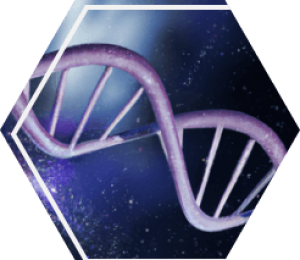
More from Less: Improving Beef Genetics
Middle School, Life Science
Task Overview
In this task, students will write an argument that justifies the selection of a particular bull to be mated with a group of cattle to meet the criteria set forth by the producer. First, students will identify trait heritability and make connections between trait heritability and making cattle produce beef more efficiently. Then, students review basic probability of outcomes for calf traits based on the expected differences from two different bulls. Students are introduced to a concept called Expected Progeny Difference. Next, students are asked to focus on a production trait of growth and make comparisons of the genetic difference between two calves on several economically and environmentally important traits. Last, students justify a decision to select a particular bull to be used in a selective breeding program to get a desired outcome.
Next Generation Science Standards
Three-Dimensional Claim
Write an argument from available evidence that supports, or refutes, the effect of selective breeding on certain characteristics passed from the parent to offspring based on relevant criteria.
This task is intended to elicit student learning of the following NGSS elements for each of the three dimensions:
Disciplinary Core Ideas
LS4.B: Natural Selection (MS)
Science and Engineering Practices
Engaging in Argument from Evidence (MS)
Crosscutting Concepts
Cause and Effect (MS)
Suggestions for Use
This task is intended to be used as a formative assessment to identify student strengths and weaknesses with the ideas of genetics and heredity and evaluation of possible solutions considering sustainable practices. The use of this task will help to identify students’ strengths and needs to provide feedback to students. This will support shifts in instructional practice during a mid-unit assessment.
Background Information
Traits passed from parent to offspring influence the efficiency of the offspring. Certain traits, such as feed efficiency are of special importance to a livestock producer as feed is expensive to produce and comes with ecological impacts for production. Cattle that are better able to efficiently convert feed into pounds of protein (beef) for human consumption are more profitable to cattle farmers and have less of an impact on the environment. While some traits that control feed efficiency are highly heritable, others are less easily passed from one generation to the next and attributed to environmental conditions in which the calf was raised. So, understanding the traits that can be influenced, and consequently improved upon, is important to making more beef from fewer cattle that require fewer resources.
Suggestions for Use
This task is intended to be used as a formative assessment to identify student strengths and weaknesses with the ideas of genetics and heredity and evaluation of possible solutions considering sustainable practices. The use of this task will help to identify students’ strengths and needs to provide feedback to students. This will support shifts in instructional practice during a mid-unit assessment.
Assumptions
This task assumes students have prior knowledge about sexual reproduction and heritability of traits. While this task does not require them to perform a Punnett square, this background activity will also prove helpful.
